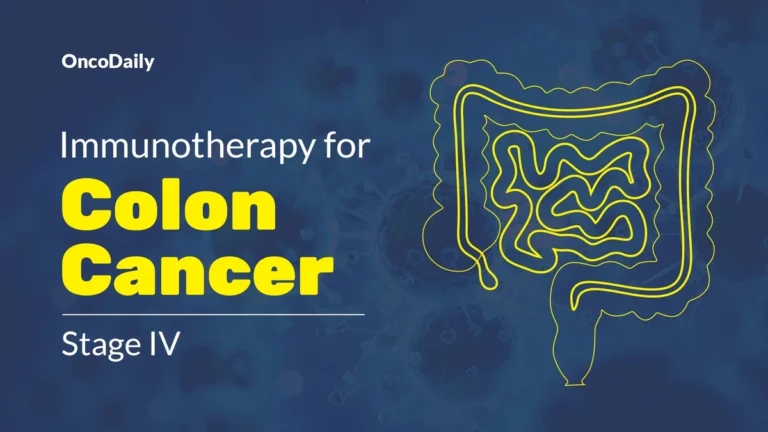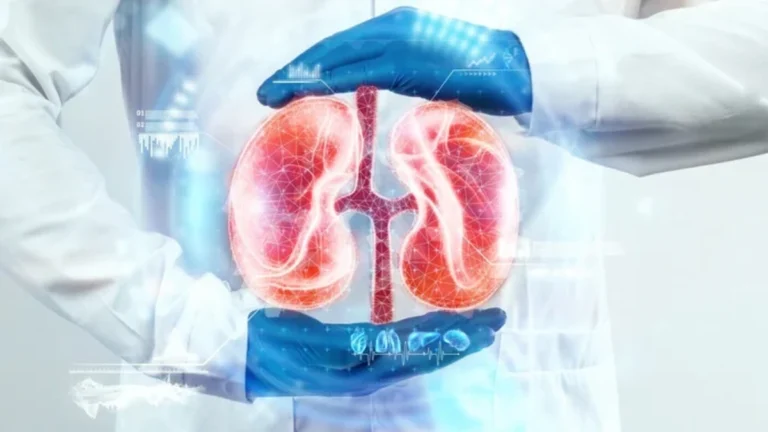
Titan's Chemistry | Secrets of Saturn's Moon
Okay, let’s talk about Titan. Not the mythical giants, but Saturn’s largest moon. What fascinates me is that it’s not just another frozen rock in space. It’s a world with its own unique Titan’s chemistry , complete with lakes, rivers, and even rain. But instead of water, it’s liquid methane and ethane – hydrocarbons similar to what we find in natural gas here on Earth. Now, new research is diving deep into how these hydrocarbons interact, particularly with other molecules that might be present.
The Intriguing Dance of Oil and Water on Titan

The big question scientists are trying to answer is this: how do these hydrocarbon seas behave? What happens when different types of molecules mix? It turns out, it’s not as simple as just pouring oil and water together. Here on Earth, we know oil and water don’t mix well – they separate into distinct layers. But what about Titan’s hydrocarbon lakes? A new study used computer simulations to model the interactions between various molecules, including methane, ethane, and nitrogen – all thought to be present in Titan’s lakes and seas. Check out this link .
What’s really interesting is that these simulations suggest that mixtures of methane, ethane, and nitrogen can exhibit some pretty strange behavior. Under certain conditions, they might actually separate into different phases, like oil and water. This has HUGE implications for understanding Titan’s surface features.
Why Does This Matter? Cracking the Code of Titan’s Atmosphere
Here’s the thing: understanding the behavior of liquids on Titan helps us understand the moon’s overall climate and geology. Titan’s atmosphere is a thick, hazy soup of nitrogen and hydrocarbons. Sunlight breaks down these molecules, creating a cascade of chemical reactions that produce a wide range of organic compounds. These compounds then rain down onto the surface, potentially forming complex structures and affecting the composition of the lakes and seas.
And why is that a big deal? Well, for one, it provides clues about the possibility of life beyond Earth. Although the conditions on Titan are vastly different from our own, the presence of organic molecules is a key ingredient for life as we know it. Studying Titan’s unique environment can help us understand what conditions might be necessary for life to arise elsewhere in the universe.
The Role of Nitrogen | A Key Player
Nitrogen plays a crucial role in Titan’s hydrocarbon chemistry . The simulations showed that the presence of nitrogen can significantly affect the way methane and ethane mix. In some cases, nitrogen can act as a kind of “glue,” holding the hydrocarbons together. In other cases, it can promote separation.
Think of it like making a salad dressing. Sometimes you can shake it up and it stays mixed for a while. Other times, it separates almost immediately. Nitrogen is like that weird ingredient that can either stabilize the mixture or cause it to fall apart. Understanding nitrogen’s role is essential for building accurate models of Titan’s lakes and seas.
Impact on Titan’s Surface Features: Liquid Hydrocarbons
The potential for liquid separation on Titan has some fascinating implications for the moon’s surface features. If different components of the lakes and seas are separating into distinct layers, this could lead to the formation of different types of landscapes. For example, you might have areas that are rich in methane and other areas that are rich in ethane. This could explain some of the variations in color and texture that we see in images of Titan’s surface.
Moreover, the interaction between these liquids and the solid surfacecould also play a role in shaping the landscape. Over long periods of time, these interactions could erode the shoreline, create new channels, and even form new landforms.
Looking Ahead | Future Missions and Discoveries
What’s next for Titan? Fortunately, NASA is planning a mission called Dragonfly, which will send a rotorcraft lander to Titan in the coming years. Dragonfly will explore different locations on Titan’s surface, taking samples and analyzing their composition. This mission will provide invaluable data that will help us to better understand Titan’s exotic chemical processes and its potential for habitability.
Here’s the thing: Dragonfly will be like sending a geologist with a helicopter to another world. It’ll be able to fly around, check out different areas, and collect samples – something we’ve never been able to do before on Titan. I, for one, am incredibly excited to see what it discovers. It might just rewrite our understanding of extraterrestrial chemistry .
FAQ About Titan’s Chemistry
What exactly are hydrocarbons?
Hydrocarbons are organic compounds made up of hydrogen and carbon atoms. They are the main components of fossil fuels like natural gas and oil.
Why are scientists so interested in Titan?
Titan is unique because it has a thick atmosphere and liquid on its surface, making it the only known moon with these features besides Earth. This offers a unique opportunity to study complex organic chemistry in a different environment.
Could there be life on Titan?
While the conditions on Titan are very different from Earth, the presence of organic molecules and liquid suggests that it could potentially support some form of life, although not necessarily life as we know it.
What is the Dragonfly mission?
Dragonfly is a NASA mission that will send a rotorcraft lander to Titan to explore its surface and study its composition. It’s scheduled to launch in the coming years.
How does Titan’s chemistry compare to Earth’s?
Titan’s chemistry is very different from Earth’s because it’s much colder, and the liquids on its surface are hydrocarbons rather than water. However, both planets have a rich variety of organic molecules.
Ultimately, the study of Saturn’s moon Titan reminds us that the universe is full of surprises. It’s a world where the familiar rules of chemistry might not always apply, and where the potential for new discoveries is immense. And that, my friends, is what makes science so endlessly fascinating. The idea that there’s a whole other world out there with its own unique chemistry, its own weather patterns, and maybe even its own form of life…it’s mind-blowing.





